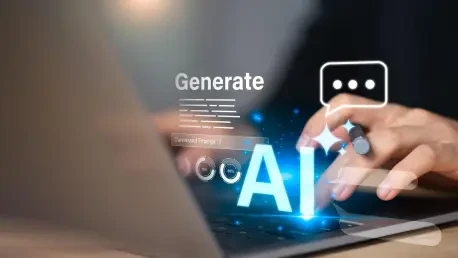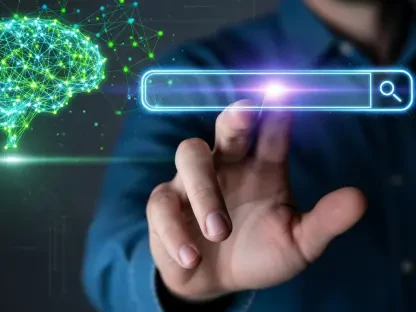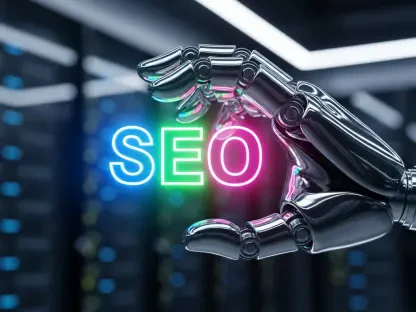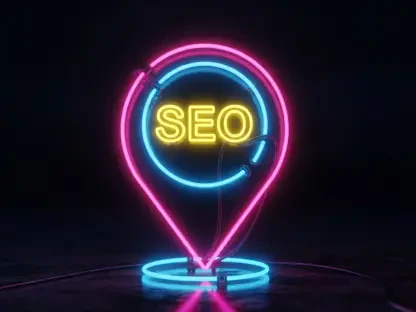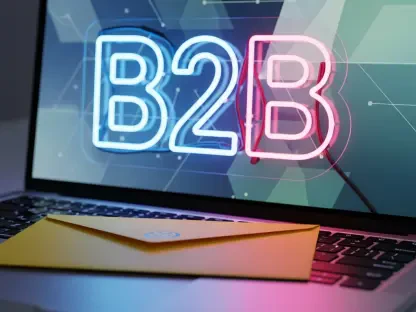As we dive into the world of artificial intelligence and its impact on content creation, I’m thrilled to sit down with Anastasia Braitsik, a global leader in SEO, content marketing, and data analytics. With her deep expertise in digital marketing, Anastasia has a unique perspective on how AI is shaping the way we create and consume content. Today, we’ll explore the challenges of uniformity in AI-generated material, the fleeting excitement around new tools, and the urgent need for originality and creativity in this fast-evolving space. Our conversation touches on everything from the repetitive nature of AI outputs to the potential for breaking free from these patterns and redefining what AI can achieve.
How would you describe the ‘sameness problem’ in AI-generated content, and why does it matter so much in today’s digital landscape?
I think the ‘sameness problem’ is at the heart of why AI content often fails to keep people engaged long-term. Essentially, generative AI tends to produce outputs that are an average of what it’s been trained on, which results in a kind of bland uniformity. Whether it’s videos, images, or text, there’s a predictable quality that makes everything feel like it’s cut from the same cloth. This matters because in a world where attention is scarce, content needs to stand out. If AI just keeps churning out variations of the same thing, it risks becoming background noise rather than a game-changer.
Can you walk us through a specific example of this uniformity, perhaps with something like AI-generated videos, and what you’ve noticed about their impact?
Absolutely. Take a tool like Sora, which has been a big hit for creating AI videos. At first, it’s mind-blowing—you can craft wild, imaginative scenarios with ease. But after watching a few of these videos, you start to notice they all have a similar vibe, a kind of glossy, predictable aesthetic. Even if the subject matter changes, the ‘feel’ doesn’t. The initial thrill wears off because there’s no real surprise or unique signature. It’s like watching a movie by the same director over and over—you know what to expect, and that kills the excitement.
Why do you think the novelty of new AI tools fades so quickly, and what role do users play in this cycle?
The novelty fades because most AI tools, while impressive at launch, don’t evolve fast enough to keep delivering fresh experiences. It’s partly the tech—models are built to optimize for consistency, not variety. But users play a big role too. People often stick to similar prompts or trends, which amplifies the repetition. When everyone jumps on the same bandwagon, like mimicking a specific style or format, the output feels stale even faster. It’s a feedback loop between the tool’s limitations and how we choose to use it.
Focusing on visual content, what’s behind the lack of stylistic variety in AI-generated images and videos, where outputs often seem to come from the same creative source?
A lot of it comes down to how these models are trained. They’re fed massive datasets of existing art and media, and their goal is to replicate patterns that are most common or popular. So, you end up with a homogenized style that reflects the ‘average’ of what’s out there rather than pushing boundaries. It’s like having a single artist with a very limited palette—there’s only so much variation you can get. Even when you prompt for something different, the underlying model often defaults to familiar traits, which is why so much AI art has that recognizable sheen.
You’ve mentioned phenomena like the ‘Studio Ghibli effect’ in AI visuals. Can you share what happened there and why the excitement around it didn’t last?
Sure, the ‘Studio Ghibli effect’ was this wave where people used AI to transform images or videos into the iconic style of Studio Ghibli animations—think lush, whimsical landscapes and soft, emotive characters. It was captivating at first; everyone was ‘Ghiblifying’ their content, and it felt magical. But pretty soon, every output looked like a carbon copy of that style, and there was no depth or evolution to keep it interesting. Once the initial awe faded, it just became another overdone filter. It showed how AI can latch onto a trend but struggles to sustain it with originality.
Shifting to written content, why do you think AI-generated text, like PR pitches or business communication, often sounds so formulaic compared to other formats?
Writing is especially prone to this because language models are trained on huge volumes of text that often follow standard structures—think corporate emails, press releases, or blog posts. AI picks up on those templates and regurgitates them, stripping away any personal flair. Unlike visuals, where you might notice subtle quirks, text feels more rigid because we’re so tuned into tone and voice as humans. So when every PR pitch in my inbox reads like it was written by the same robot, it’s not just boring—it’s almost alienating. It lacks the human touch that makes communication resonate.
How can marketers and content creators leverage AI tools without sacrificing their unique voice or falling into the trap of generic output?
It starts with using AI as a starting point, not the final product. Marketers should treat AI as a brainstorm buddy—let it churn out drafts or ideas, but then layer in their own personality, experiences, and brand identity. Experimenting with detailed, unconventional prompts can help too, pushing the tool beyond its comfort zone. And honestly, sometimes it’s about knowing when to step away from AI altogether. If a piece needs to feel deeply personal or authentic, human input is still irreplaceable. The goal is to use AI as a tool, not a crutch.
Looking ahead, you’ve talked about AI needing to go beyond competence to true creativity. What does creativity look like for AI in your view, and how far are we from seeing it?
Creativity in AI would mean the ability to surprise us—to generate something that feels genuinely new, not just a remix of what’s already out there. It’s about breaking patterns, taking risks, and maybe even challenging our expectations in ways we didn’t anticipate. Right now, AI is incredibly competent; it can mimic and replicate with precision. But true creativity requires a kind of intuition or originality that’s hard to code. We’re making strides—some tools are starting to experiment with more dynamic outputs—but we’re still a ways off from AI being a true creative partner rather than a skilled imitator.
What’s your forecast for the future of AI in content creation, especially when it comes to overcoming this sameness problem?
I’m cautiously optimistic. I think we’ll see AI models become more adaptive, perhaps by integrating better feedback loops where they learn from user reactions in real time to diversify their outputs. There’s also potential in hybrid approaches, where AI collaborates more closely with human creativity to break out of its repetitive tendencies. But it’s going to take intentional design—developers will need to prioritize variety over perfection. If they can crack that, AI could become a real driver of innovation in content creation, rather than just a factory for more of the same. I believe the next five years will be critical in seeing whether we can push past this hurdle.
